Home security cameras have become increasingly popular over the years, thanks to the rise of smart home technology. They allow homeowners to keep an eye on their property remotely and provide a sense of security and peace of mind. With so many options on the market, it can be overwhelming to decide which camera is right for your needs. In this buying guide, we’ll cover the key factors to consider when choosing a home security camera.
1. Indoor vs Outdoor Cameras:
The first decision you’ll need to make is whether you want an indoor or outdoor camera. Indoor cameras are typically smaller and less expensive and are designed to monitor the inside of your home. Outdoor cameras are more durable and designed to withstand different weather conditions. If you want to monitor both the inside and outside of your home, you can opt for a combination of indoor and outdoor cameras.
2. Resolution:
The resolution of the camera determines the quality of the footage it captures. The higher the resolution, the clearer the image will be. Most cameras these days offer high-definition (HD) resolution, which is 1080p or higher. Some cameras even offer ultra-high-definition (UHD) resolution, which is 4K or higher. Keep in mind that higher resolution cameras will require more bandwidth and storage space.
Philips Home Safety 3000 series Indoor cameras go beyond full HD with brilliant 2K clarity and enhanced infrared night vision, while the 3000 Series Outdoor cameras provide full HD clarity with colour night vision.
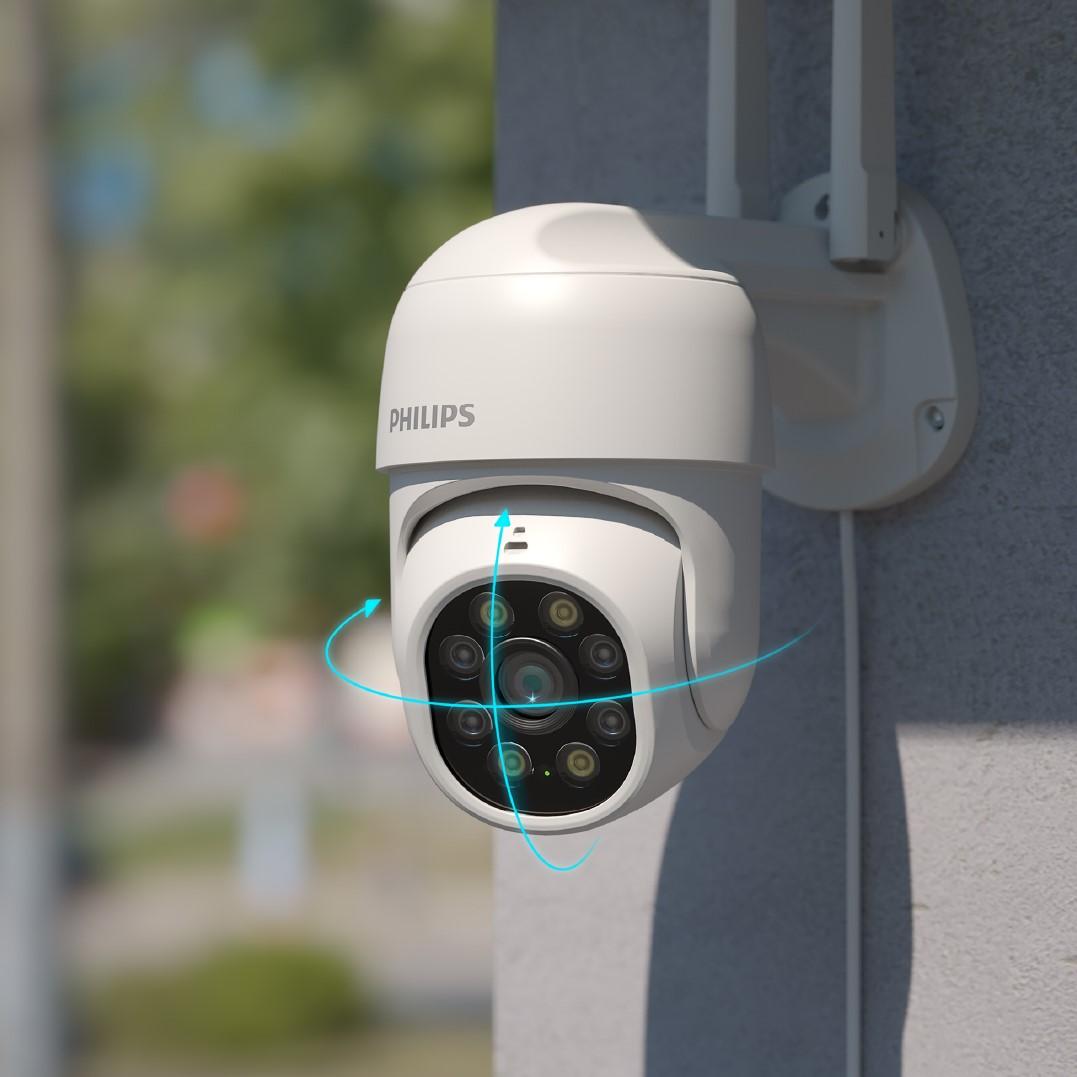
3. Field of View:
The field of view refers to the area that the camera can capture. Cameras with a wider field of view can monitor a larger area but may also have distortion at the edges of the image. Cameras with a narrower field of view will capture a smaller area but will provide a more focused and detailed image. When choosing a camera, consider the size of the area you want to monitor and the level of detail you need.
Philips Home Safety 3000 series Indoor camera has FOV of 360° Horizontal and 96° vertical.

4. Night Vision:
If you want to monitor your home at night or in low-light conditions, you’ll need a camera with night vision. Night vision cameras use infrared technology to capture images in the dark and can provide clear footage even in complete darkness. Some cameras have a separate infrared light that illuminates the area, while others have built-in infrared LEDs.
Philips Home Safety range of Indoor Cameras’ Night vision is equipped with Enhanced black and white vision, with IR visibility of up to 10m. The 3000 series outdoor camera come with coloured night vision and motion triggered spotlight.
5. Two-Way Audio:
Two-way audio allows you to communicate with someone on the other end of the camera. This can be useful for greeting visitors or warning off potential intruders. Some cameras even have built-in speakers and microphones that allow for full duplex communication.
Philips Home safety range of security cameras have a built-in mic that facilitates two-way communication via the camera

6. Storage:
Footage from your security cameras needs to be stored somewhere. Some cameras come with built-in storage, such as a microSD card, while others store footage in the cloud. Cloud storage can be more convenient, as it allows you to access your footage from anywhere and doesn’t require physical storage space. However, it may come with a monthly subscription fee. If you opt for local storage, make sure the camera has enough storage capacity for your needs.
Philips Home Safety range of Security cameras have a microSD card slot, which can be used for up to 128 GB of microSD Card.
7. Power Source:
Most cameras are powered by either a battery, a power cord, or a combination of both. Battery-powered cameras are more flexible, as they can be placed anywhere without the need for a power outlet. However, they will need to be recharged or replaced periodically. Cameras with a power cord require a nearby outlet, but don’t require any maintenance.
Philips Home Safety range of security cameras come with a 1 m-1.5 m power cable and requires mains power (DC5V/1A)

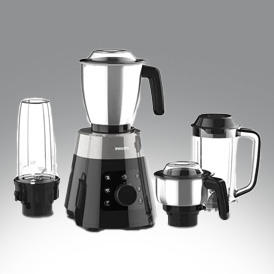
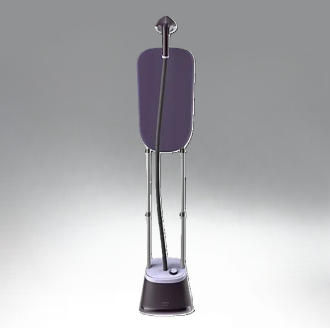

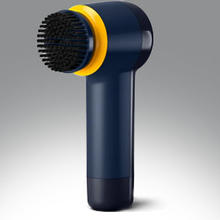


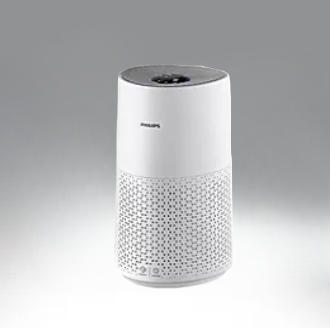

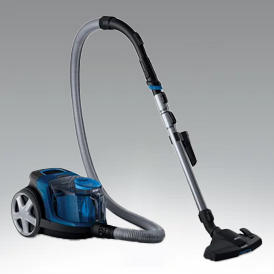




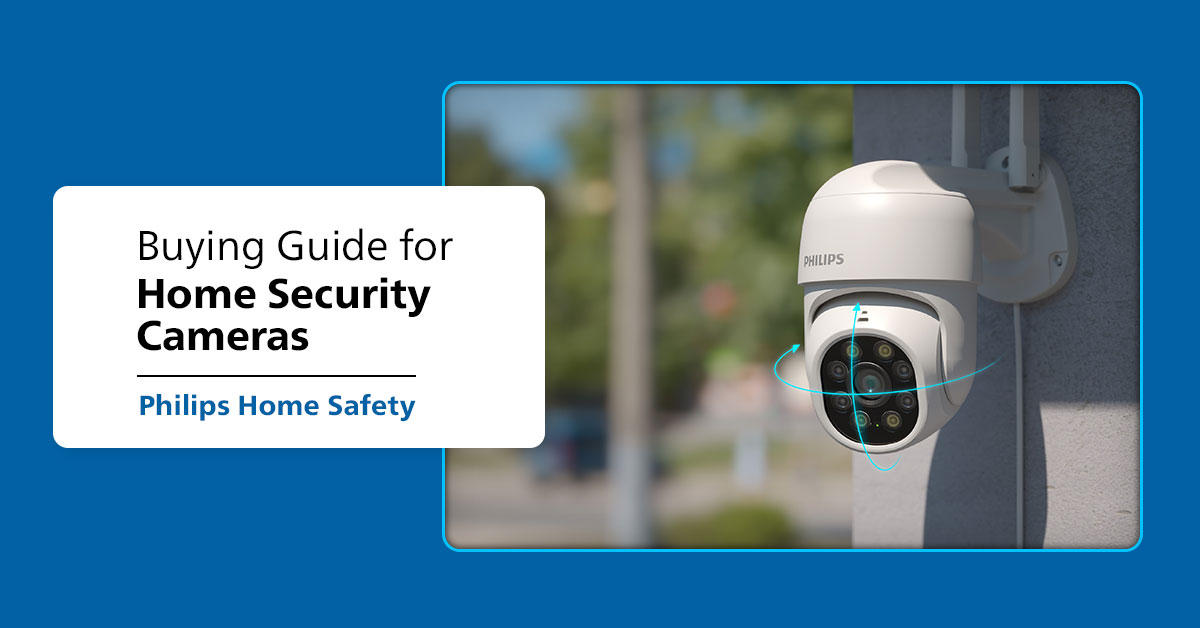

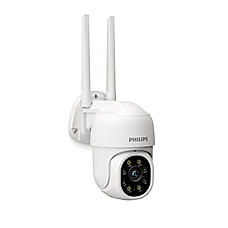

No comments